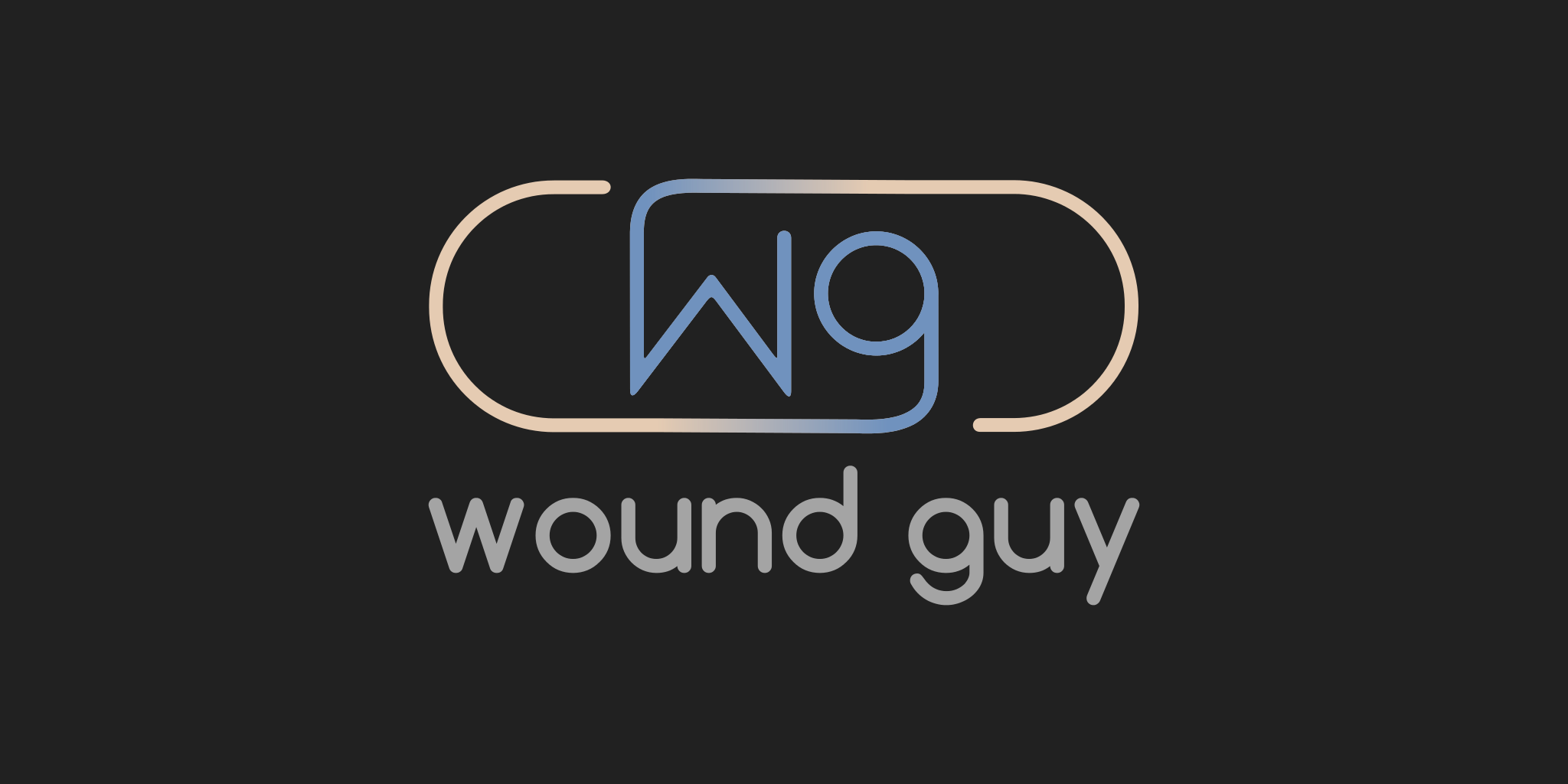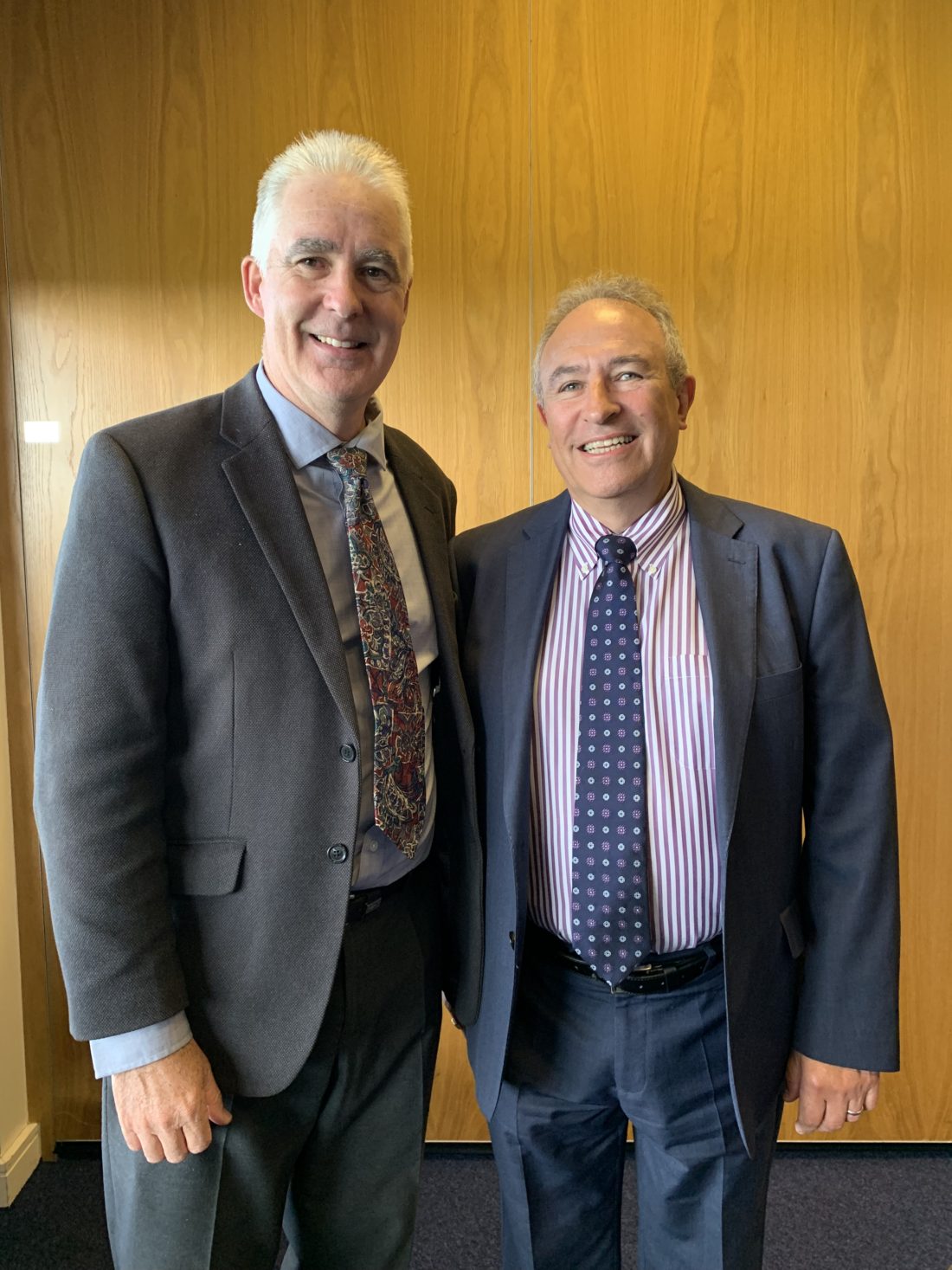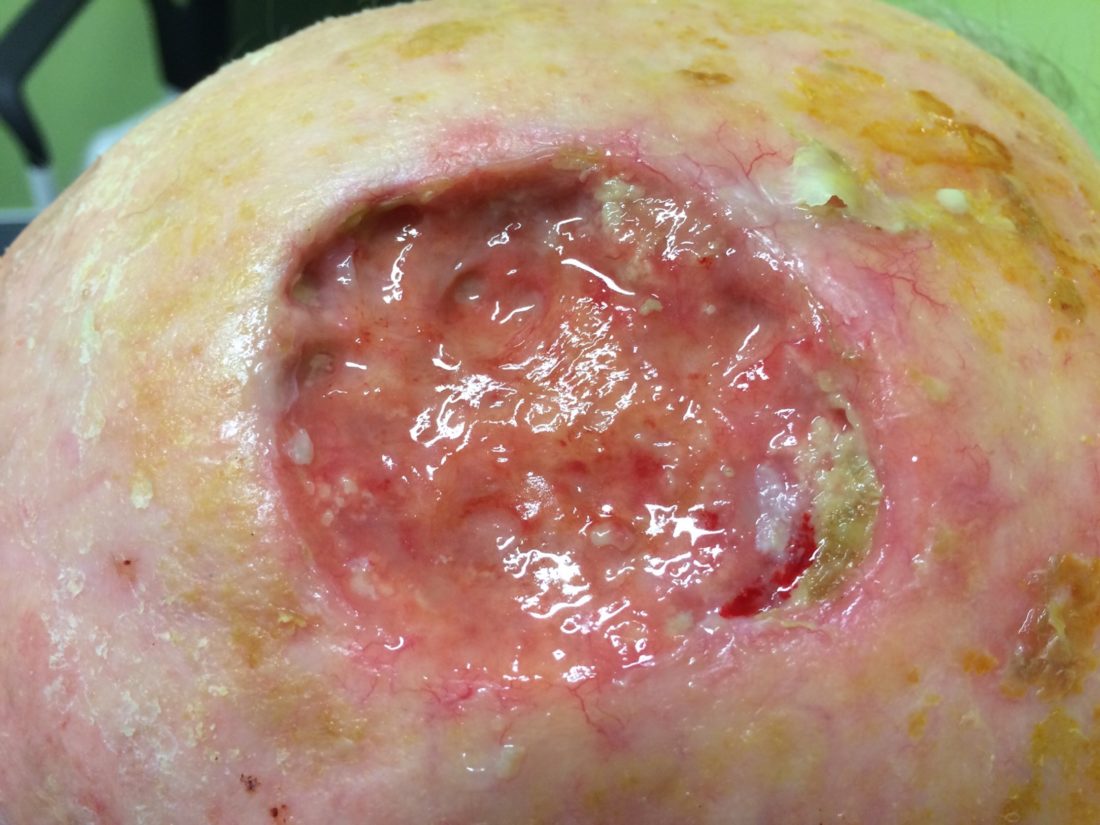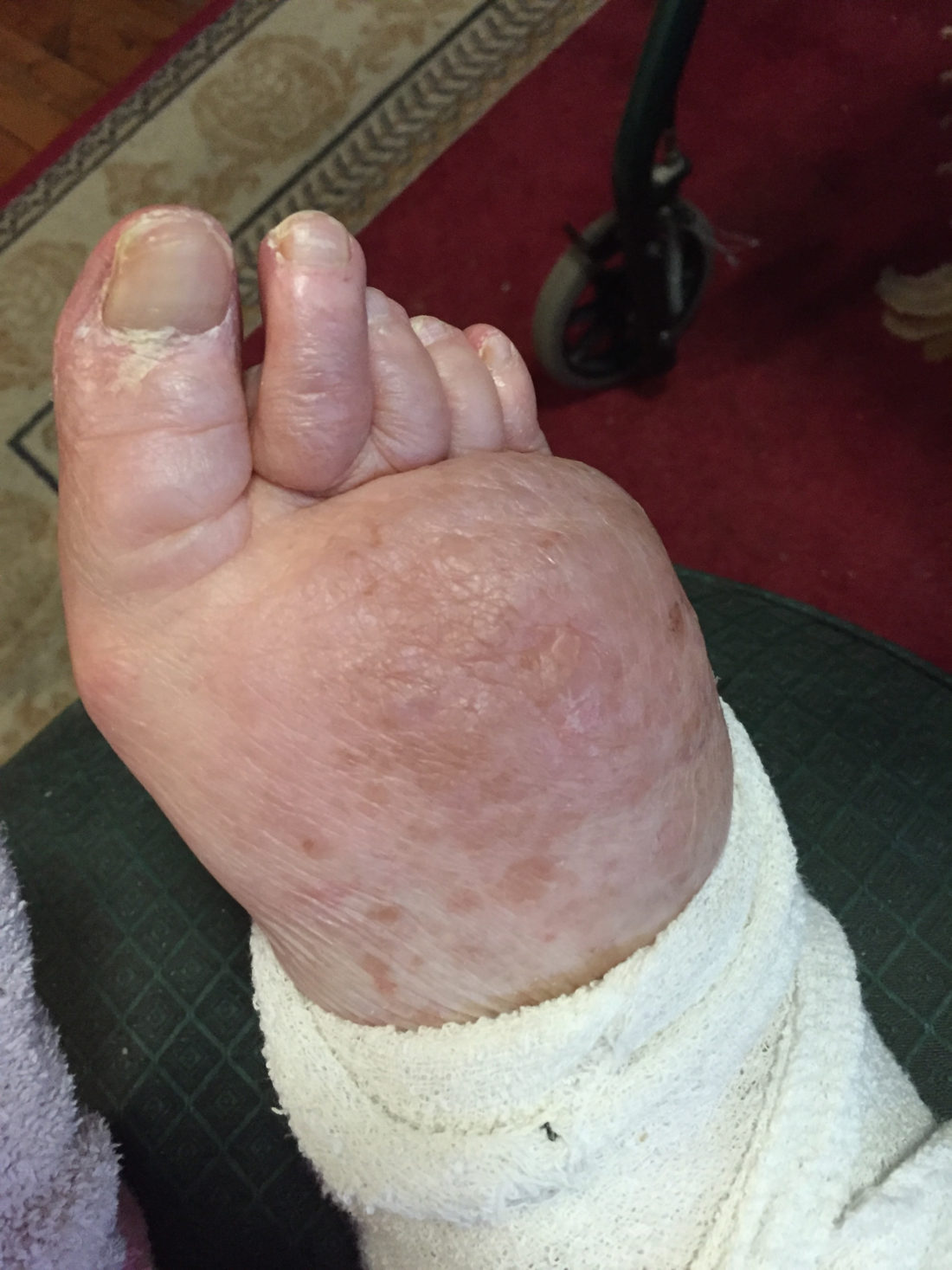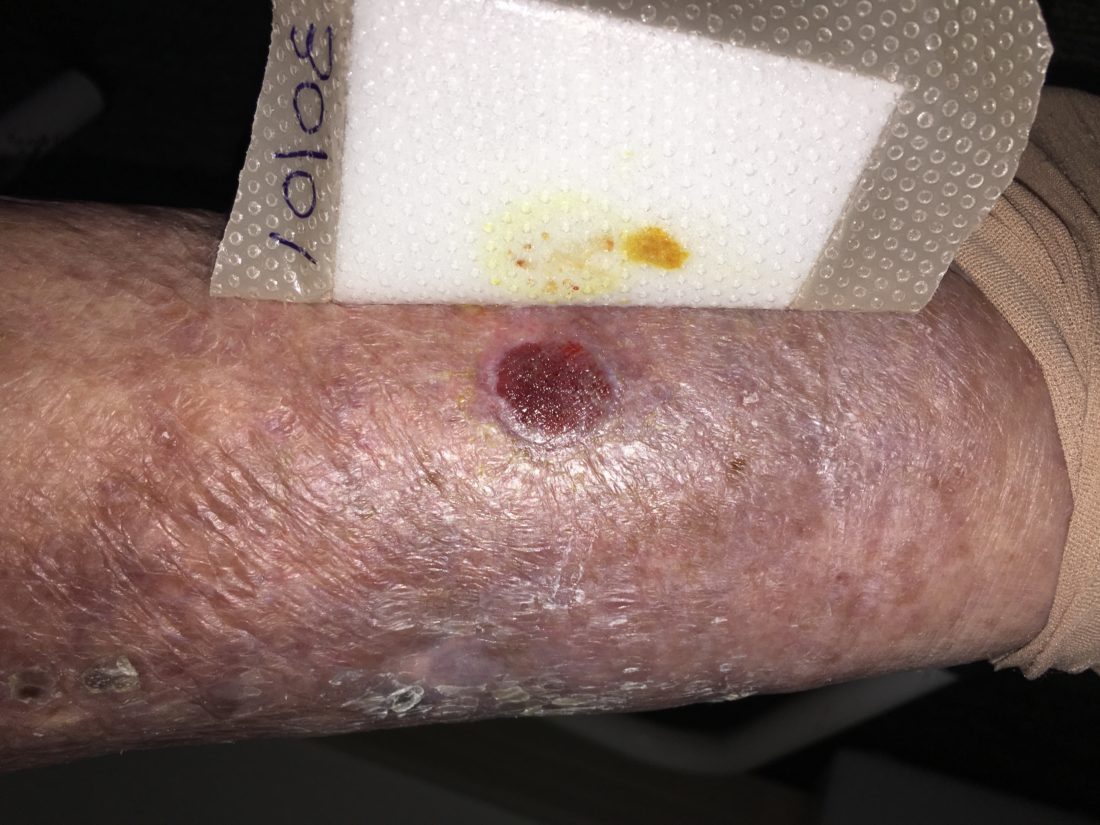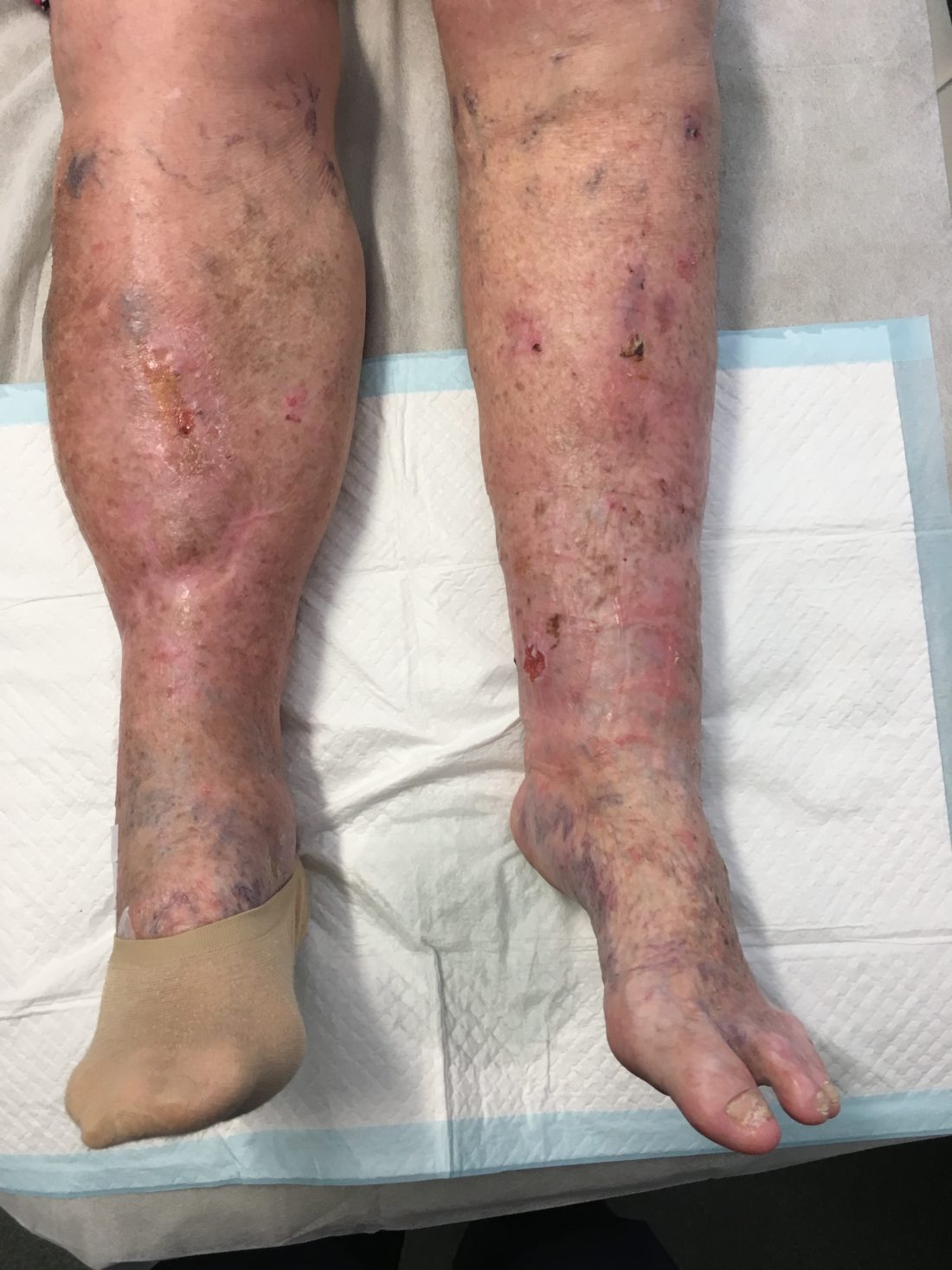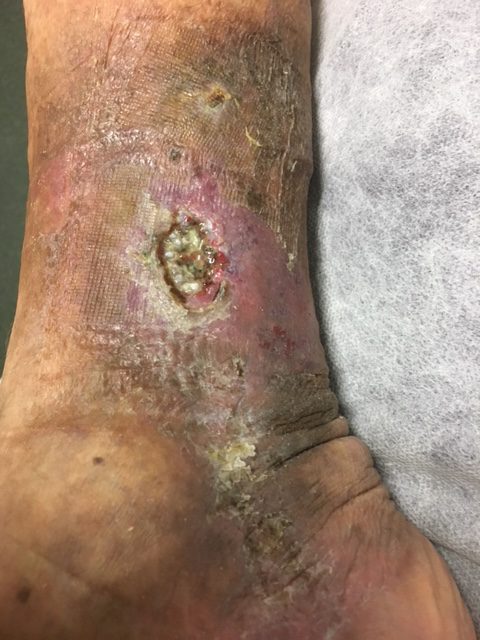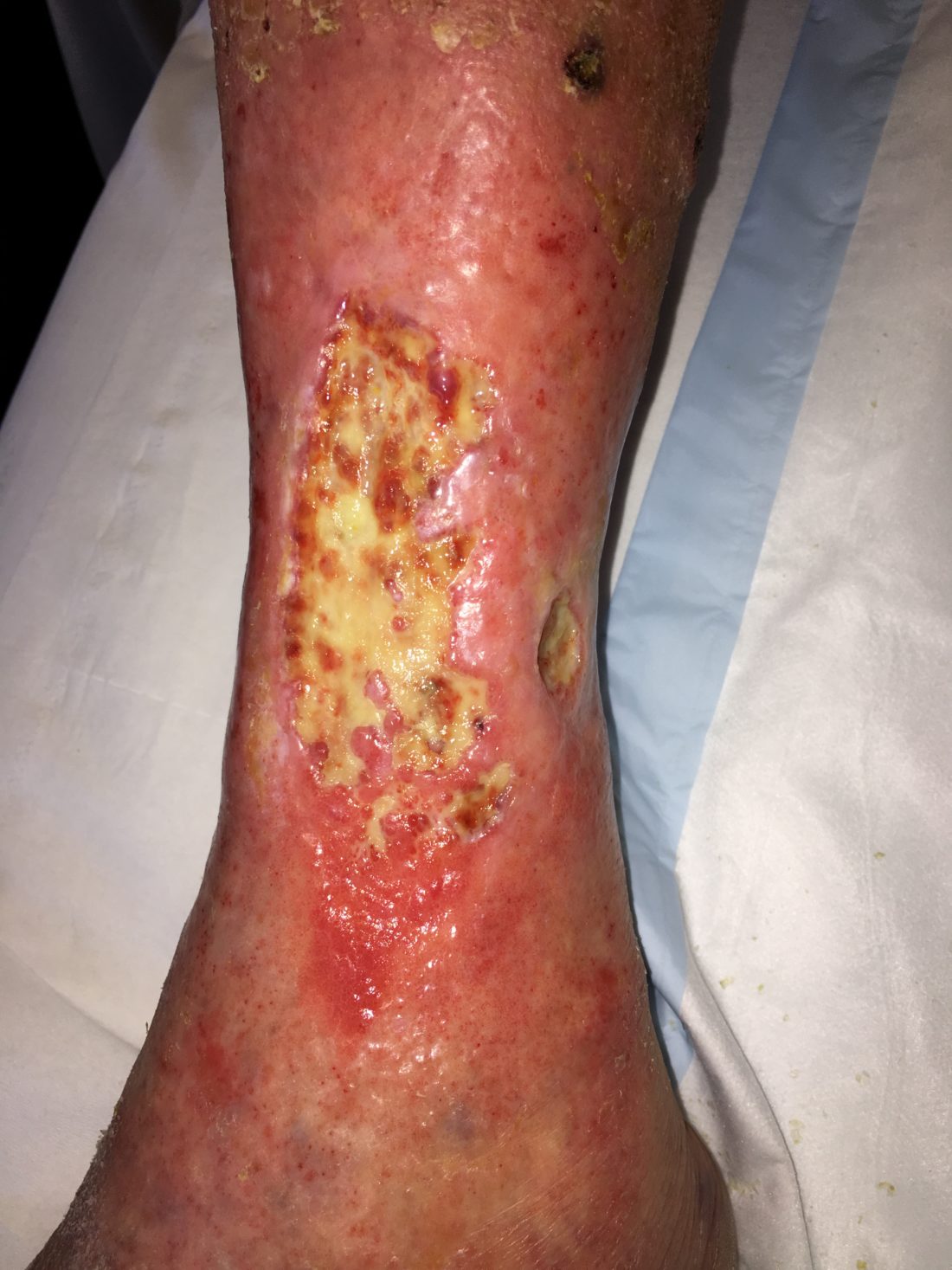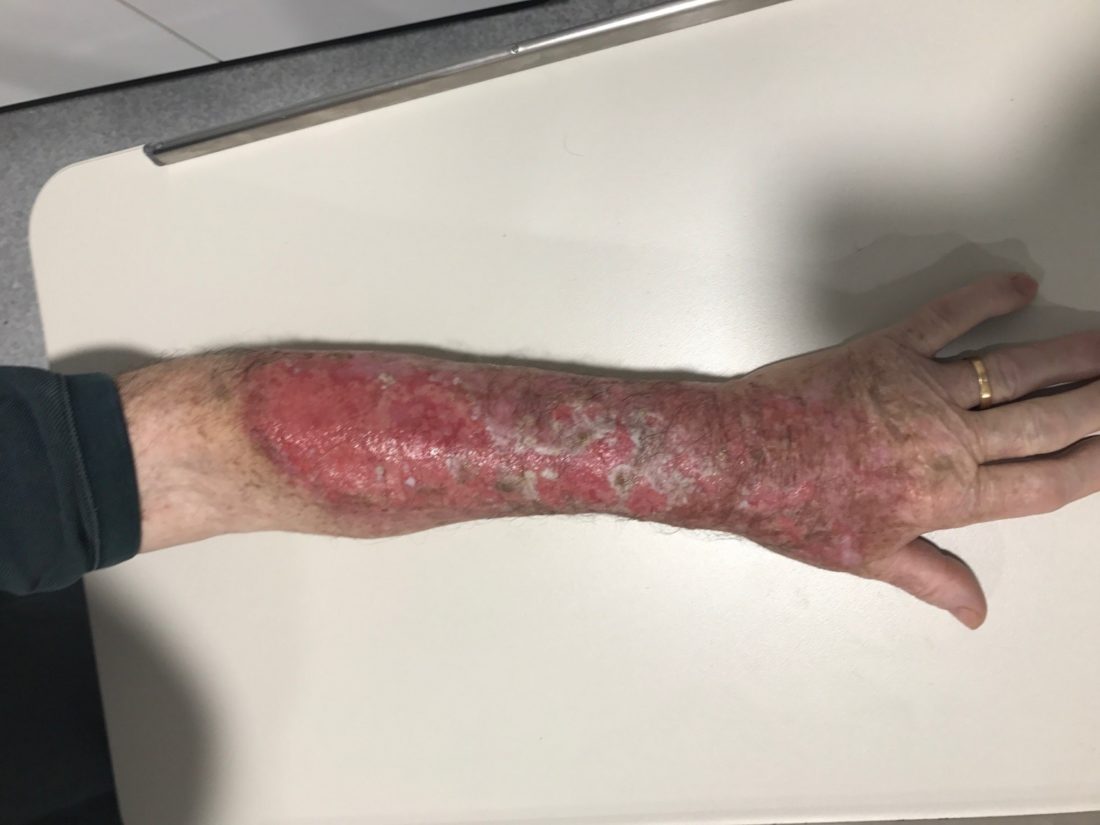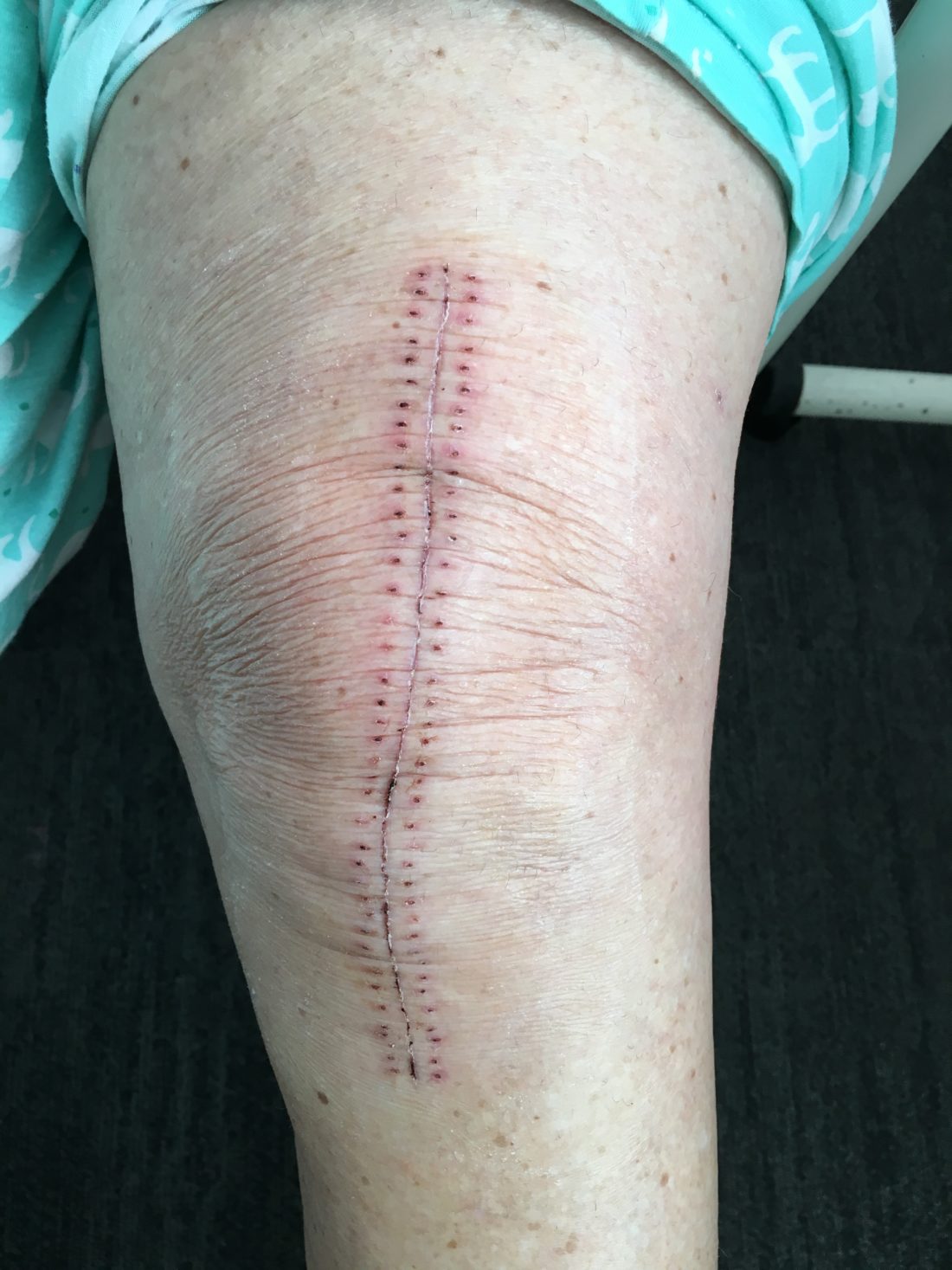News, clinical tips and updates.
In
News
An estimated 93% of all those who are malnourished or at risk of malnutrition in the UK are living in the community.
Most of the at risk population are older people, people on low incomes, those who are socially isolated, individuals with chronic disorders and persons
Continue Reading
In
News
Most clinicians and patients expect their cutaneous wounds to heal - which is fine, until they don’t. Spruijt et al recently reported on complex wounds which were receiving expert care by specialist wound practitioners in Europe. The wound aetiologies treated included diabetic ulcers, osteomyelitis, wounds
Continue Reading
In
News
Robyn Bjork and Suzie Ehmann recently wrote a clinical guidance document on compression and the lower limb. Their document has many points of interest about oedema aetiology and the determination of appropriate therapy. Just a few highlights are : 1. “All oedema is technically lymphoedema,
Continue Reading
In
News
Brindle & Farmer recently discussed the concept of combining wound bed preparation with “undisturbed wound healing”. The notion being that impediments to wound repair such as devitalised tissue, infection, unresolved inflammation and inappropriate exudate, are treated and then as the wound enters a proliferative or
Continue Reading
In
Uncategorized
Thank you to Lipoedema Australia for this very helpful differential diagnosis chart.
Continue Reading
In
News
Individuals who achieve closure of a venous leg ulcer but who then receive no ongoing therapy afterwards are subject to recurrence rates as high as 76% within the first year post treatment. Interventions available to reduce these recurrence rates include endovenous sclerotherapy, endovenous ablation, venous
Continue Reading
In
News
We were recently given pause for thought when asked to consider what dressing materials are available to match darker skin tones. I noted that there doesn’t seem to be any such products in my domain of clinical practice. This gap in the wound care marketplace
Continue Reading
In
News
Most hard to heal wounds owe their origins to either repeated tissue injury, ischaemia or bioburden (or a combination of all three).
Prof G Schultz 2018 at the 4th International Skin Integrity and Infection Prevention conference, Las Vegas USA.
Continue Reading
In
News
Dr Dianne Smith recently wrote about the skin care challenges that individuals face when receiving radiation therapy. Around 95% of people who have radiation will experience an inflammatory skin reaction. Dr Smith states that “skin affected by radiotherapy has a tendency to dryness due to
Continue Reading
In
News
Not everyone has a satisfactory resolution to a surgically induced wound. Excessive scaring or hypertrophic scar formation is not uncommon. The role of the epidermis in the final stage of skin healing (scar tissue development) is significant. Mustoe & Gurjala discuss research which recommends that
Continue Reading
